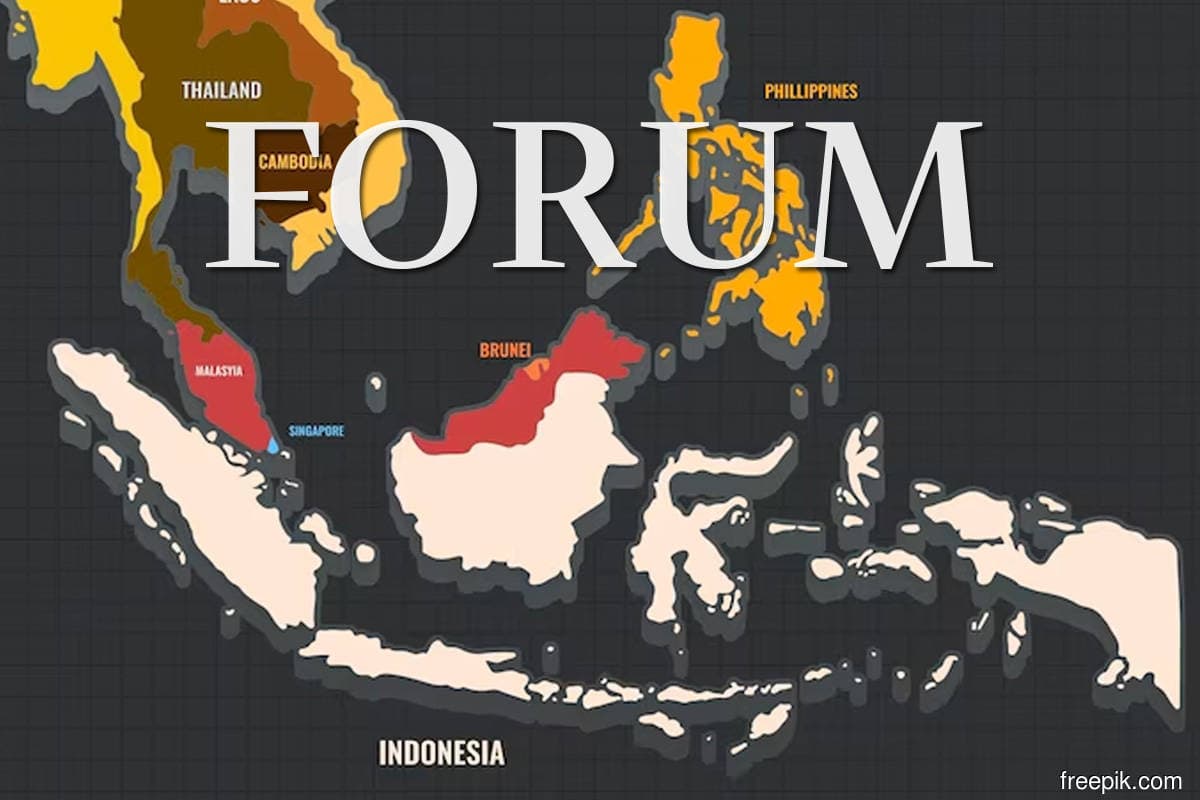
This article first appeared in Forum, The Edge Malaysia Weekly on July 17, 2023 - July 23, 2023
The recent announcement of a China-brokered deal to restore diplomatic relations between Saudi Arabia and Iran has been hailed as a major breakthrough for the Middle East and a significant achievement for Beijing’s diplomacy. The deal, which was made public on March 11, 2023, ended more than six years of formal estrangement and decades of enmity between the two regional rivals, which have been locked in a proxy war in Yemen and have supported opposing sides in other conflicts such as Syria, Iraq and Lebanon.
The deal also marked China’s first attempt at mediating a dispute in the Middle East, a region that has traditionally been dominated by the US and its allies. China, which is a top oil importer and trading partner for both Saudi Arabia and Iran, has been expanding its economic and strategic interests in the region while maintaining a policy of non-interference in its internal affairs. By facilitating the rapprochement between Riyadh and Tehran, Beijing has demonstrated its ability to play a constructive role in the region and offer an alternative vision to the US-led global order.
The Saudi-Iran deal has important implications for the Middle East and beyond. It could pave the way for a more durable solution to the Yemen war, which has caused a humanitarian catastrophe and threatened regional stability. It could also reduce the risk of escalation and confrontation between Iran and its adversaries, such as Israel, the US and some Gulf states, over its nuclear programme and its involvement in other regional issues. Moreover, it could create new opportunities for cooperation and dialogue among Middle Eastern countries on common challenges such as security, development, energy and climate change.
The deal also offers some valuable diplomatic lessons for Asean, a regional organisation that comprises 10 Southeast Asian countries with diverse political, economic and cultural backgrounds. Asean has been facing several challenges in recent years, such as the rise of China, the US-China rivalry, the Covid-19 pandemic, the Myanmar coup and the South China Sea disputes. These challenges have tested Asean’s unity, cohesion and relevance as a regional actor.
One lesson that Asean can learn from the Saudi-Iran deal is the importance of dialogue and engagement among countries with different interests and perspectives. Despite their deep-rooted animosity and mistrust, Saudi Arabia and Iran were able to overcome their differences and reach common ground with the help of China’s mediation. This shows that dialogue is possible, even among adversaries, as long as there is political will, mutual respect and a shared desire for peace and stability.
Another lesson Asean can learn from the deal is the need for pragmatism and flexibility in dealing with external powers. Saudi Arabia and Iran both recognised that their relationship with China was vital for their economic development and strategic interests and that they could not afford to alienate Beijing by rejecting its offer of mediation. They also realised that improving their ties with each other would not necessarily jeopardise their ties with other partners, such as the US, Russia or Europe. This shows that countries can balance their relations with multiple powers without compromising their sovereignty or principles.
A third lesson that Asean can learn from the deal is the value of regional cooperation and integration. Saudi Arabia and Iran both acknowledged that their rivalry was detrimental to their own interests and the interests of the region as a whole. They agreed to work together to address common challenges and to promote regional cooperation through existing mechanisms such as the Organisation of Islamic Cooperation and the Gulf Cooperation Council. This shows that countries can benefit from regional cooperation and integration by enhancing their collective security, prosperity and influence.
In the specific context of Malaysia, these diplomatic lessons can be translated into supporting Prime Minister Datuk Seri Anwar Ibrahim’s ongoing efforts in promoting Asean centrality and unity in dealing with the South China Sea issue, such as with Brunei, the Philippines and Vietnam. A substantive and functional Code of Conduct should be negotiated with China as soon as possible, and the 2002 Declaration on the Conduct of Parties in the South China Sea should be put into effect. This can be done by fostering dialogue and collaboration with China through Asean-led venues such as the Asean-China Communication Partnership, the Asean Regional Forum, the East Asia Summit, and the Asean-Dialogue Partnership for a 21st Century.
Besides, the overarching need to preserve the entire South China Sea as a zone of peace and neutrality as envisaged and respected all these years should be a central concern of not only Asean but also China and the US.
Additionally, both China’s Global Security Initiative and Anwar’s Malaysia Madani are visions that value dialogue, respect and sustainability as the basis for security and civilisation. Through dialogue and mutual respect, both seek to foster peace and harmony, address non-traditional security threats, support a multipolar world order, and create a more just and inclusive world. This common vision can serve as a meeting point for better cooperation between China and Malaysia, as they can collaborate on areas of mutual interest and benefit, such as trade, investment, infrastructure, green technology and digital economy.
In conclusion, the Saudi-Iran rapprochement brokered by China is a significant development for the Middle East and global politics. It has positive implications for peace, stability, economic development and cooperation in the region and beyond. It also provides some useful diplomatic lessons for Asean, which can apply them to its context and challenges.
Dr Syed Azman Syed Ahmad Nawawi is the CEO of the International Institute of Advanced Islamic Studies Malaysia
Save by subscribing to us for your print and/or digital copy.
P/S: The Edge is also available on Apple's App Store and Android's Google Play.
